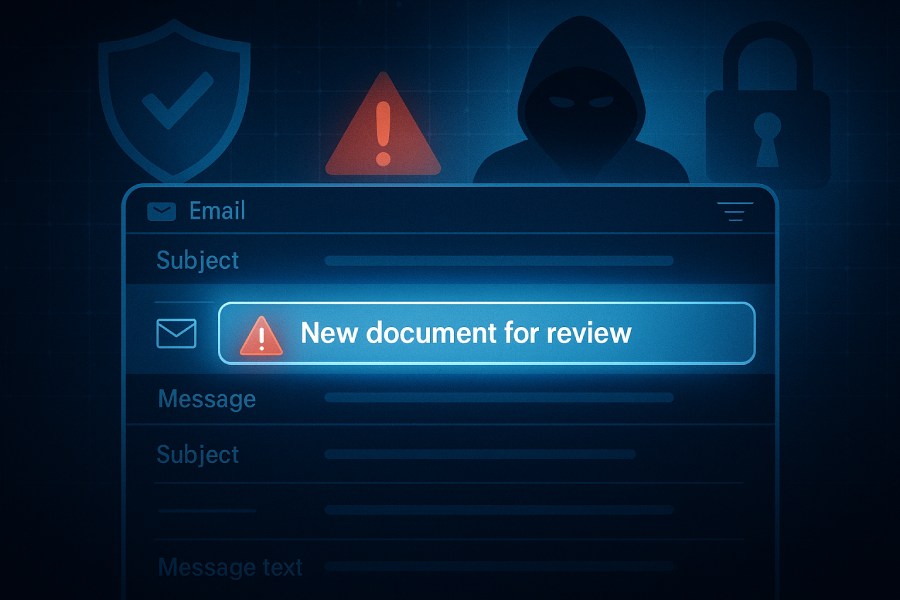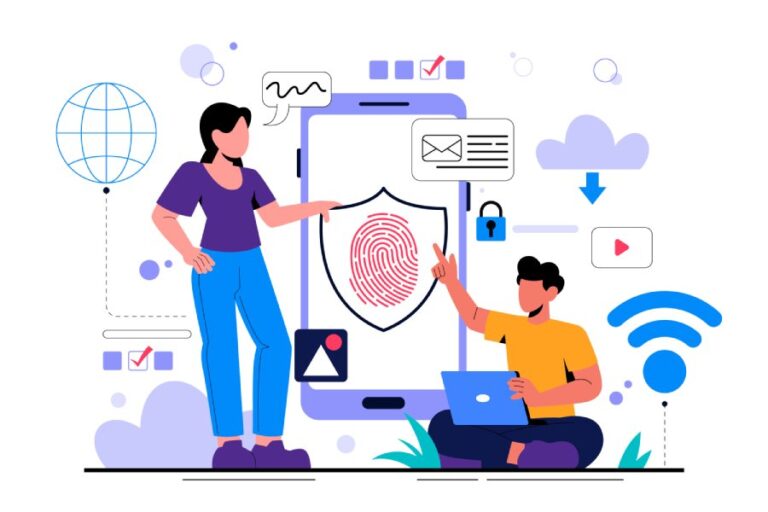Just when you think that you are prepared enough to combat the cheap tactics of cyberattackers, you realize that these threat actors have already gone a step ahead of you. In such a situation, only cyberawareness and a proactive approach can save your sensitive data from the prying eyes of these scamsters.
What seems like yet another breakthrough for the threat actors, email subject lines are being abused to bypass security mechanisms. Cybersecurity experts have warned users against this malicious tactic being used commonly by cybercrooks. The latter is embedding invisible characters in the email subject lines. This successfully tricks both the recipients as well as the automated security mechanisms into ignoring the red flags of a cyberattack.
This new invention has made it incredibly difficult for both business organizations and individual users who are already on the receiving end of threats.
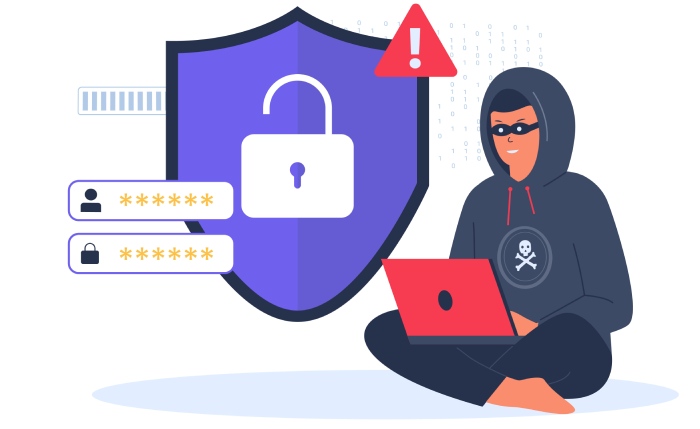
Your email subject line can be the reason you fall prey to a cyberattack!
Cybercrooks always try to stay a step ahead of the security experts and potential targets. With every attack, these scamsters aim at honing their skills. Just like that, they have figured out how to fool security setups and innocent users by using invisible characters in the subject lines of emails.
One of the most notorious characters that they love using is soft hyphens. The same is also known as Unicode U+00AD. These characters stay completely invisible to a human reader. There will be no abnormality in the subject line at all. But the hidden characters are capable of disrupting the operations of automated email security tools.
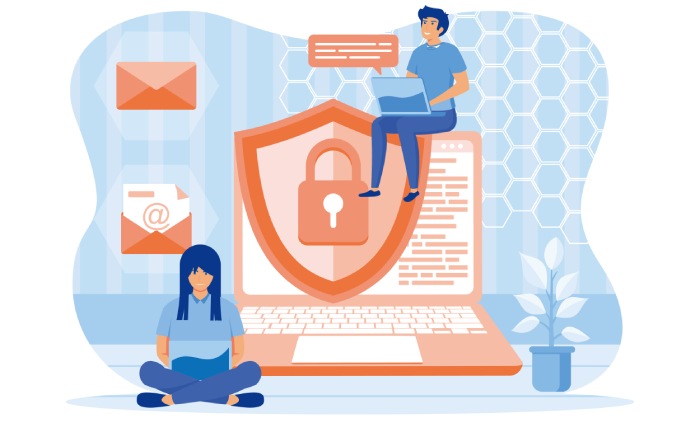
For example, if a cybersecurity system is scanning for risky phrases like “Urgent account update” or “password expired”, then the scanning will fail because the threat actors slice apart the keywords very cunningly by using soft hyphens.
The cybercrooks use an encoding method known as the MIME encoded word format to insert these invisible characters into an otherwise harmless email subject line. This encoding method is generally used for transmitting non-ASCII characters safely in email headers. But threat actors have somehow found a way to misuse this technique.
Not the first time!
Cybersecurity experts have been familiar with Unicode security tactics for a long time now. Microsoft Threat Intelligence noticed its presence for the first time ever back in 2021. At that time, threat actors were inserting invisible characters within the body of the email to break up keywords and thereby bypass threat detection tools.
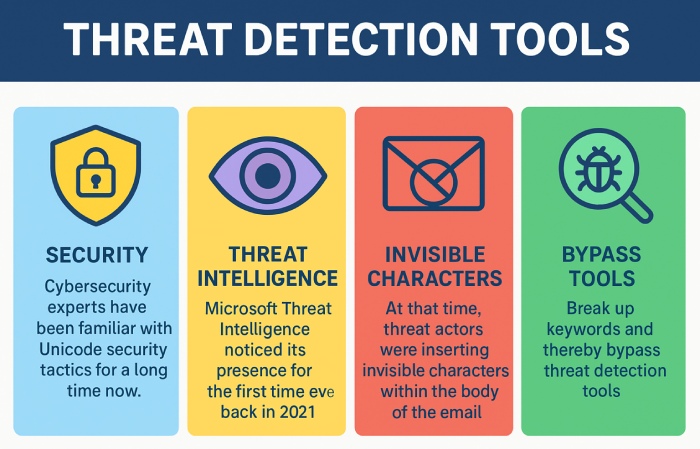
But now cybercrooks have started applying the same stealth mode tactic within email subject lines, and that is something relatively new. The goal is to go undetected and bypass the multiple filtering layers.
Experts believe that adding soft hyphens in email subject lines is indeed a dangerous approach. This is so because most of the conventional content-oriented filtering solutions focus closely on the email body content, attachments, and URLs. Subject lines are not even taken that seriously by regular security tools. But now threat actors have found a loophole and have learnt how to weaponize this often-ignored parameter.
The email campaign that has been intercepted by cybersecurity experts is replete with soft hyphens both in the subject line and the email body. The campaign was designed by threat actors to divert the recipient to a credential-harvesting page. The same was hosted on a compromised domain.

How to safeguard your data from invisible threat attacks?
This is how you can protect your data and peace of mind from these invisible threat attack tactics:
- Business organizations must take soft hyphens seriously. They must review the existing email filtering policies and get in touch with cybersecurity professionals to upgrade the security setups. Implementing Unicode character detection is a must across both email body and subject lines. There should be no room for guesswork!
- Security administrators must analyze MIME-encoded headers to find any suspicious patterns. Deploying high-end content analysis systems capable of identifying intricate obfuscation tactics can also be a smart move. Relying on tools that stick to traditional keyword matching won’t be of much help now.

- Flagging excessive usage of soft hyphens as a suspicious pattern is also a great tactic to avert any potential invisible cyberattack.
- Lastly, organizations must train their employees and inform them about this latest cyberattack tactic. They must be trained to remain skeptical of any security emails that sound way too urgent.
- As an email recipient, you must check multiple parameters before opening the email and taking any action. Double-check the subject line for any spelling errors or abnormalities. Check who it is coming from and whether you know that person or not. And even if you are familiar with the sender, it is not necessary to immediately open the email before ascertaining its authenticity. Remember, your digital safety has to be your utmost priority.
